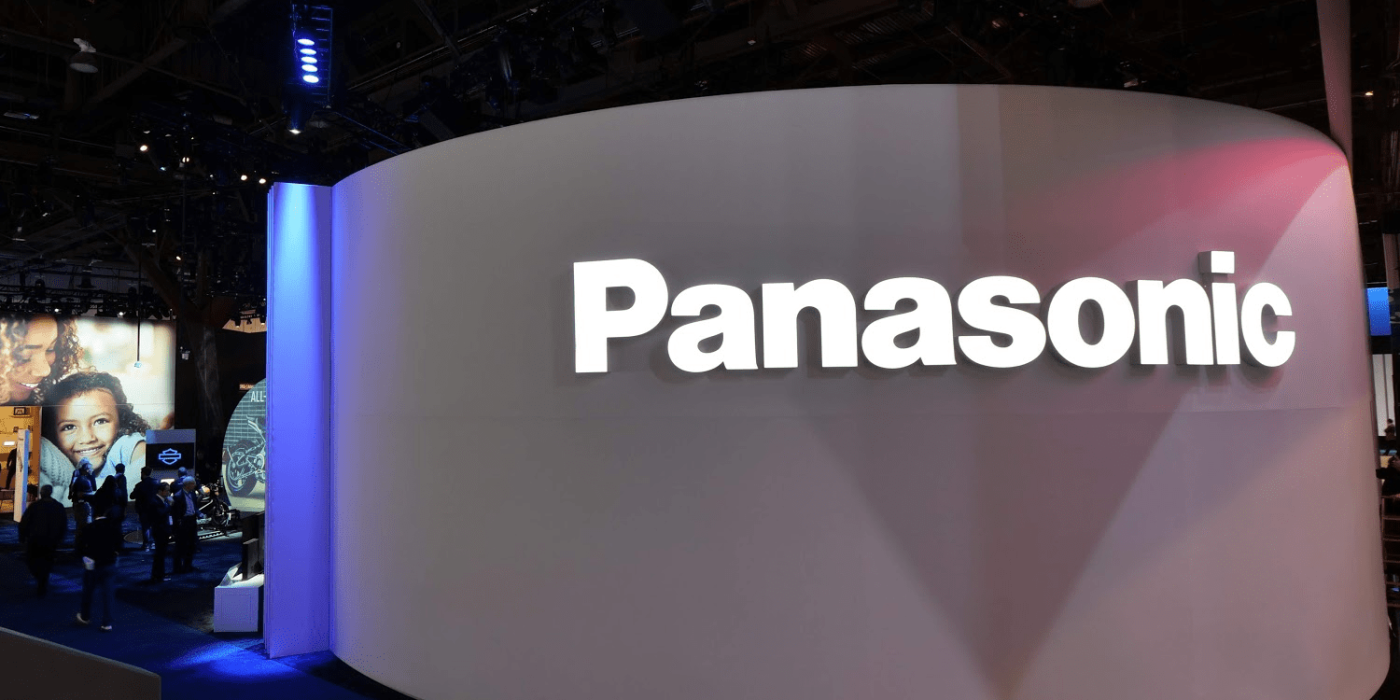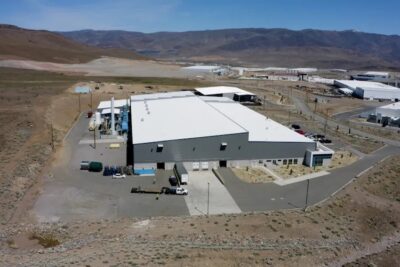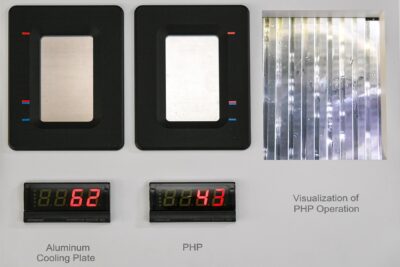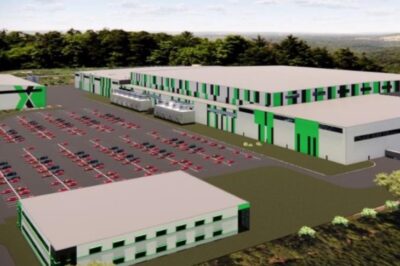Panasonic to develop new 4680 battery cell for Tesla
Panasonic is working on the development of a new battery cell for Tesla, based on the new 4680 format presented by Tesla at ‘Battery Day’. The South Korean battery company LG Chem, who similarly supplies Tesla, is also developing a new round cell that is very similar to the key data of the new Tesla cells.
“We started working on it immediately after Tesla’s Battery Day (in September) and are also preparing to set up a prototype production line in parallel,” explained Panasonic CFO Hirokazu Umeda when announcing the battery manufacturer’s latest business figures. “We have considerable know-how for that battery.”
The relationship between Tesla and Panasonic seems to have improved recently. In the first quarter, the Gigafactory 1 in Nevada operated by the two companies was profitable for the first time. This is where the 2170 round cells for the Model 3 and Model Y are manufactured from US production. As a result, Tesla and Panasonic agreed on a new three-year contract for Gigafactory 1 in June, and in July it was announced that Panasonic had again promised Tesla a version of the 2170 cell without cobalt in the cathode and with higher energy density.
Umeda also said that the company had decided to open an additional production line at its Nevada plant next year, increasing the total capacity of the plant by about 10 per cent to 38 to 39 GWh per year by around 2022. Exactly these figures had already been mentioned in an article in the Japanese business magazine Nikkei in August, but Umeda now officially confirmed the plans.
The Gigafactory 1 should also remain profitable for the Japanese company in the long run. “We are targeting a profit margin of around 5% at our Tesla battery business within two to three years,” says Umeda. He did not give further details such as what share the current or improved 2170 cells and the 4680 cells should have.
A few days ago, the South Korean battery specialist LG Chem also announced the development of cylindrical battery cells with an unspecified “new form factor”, whose energy density should increase fivefold and performance sixfold. This is similar to the targets Tesla recently announced for its new 4680 cells.
With the new form factor, improved cell chemistry and new manufacturing processes, Tesla aims to halve battery costs within a few years. Tesla will probably also manufacture cells itself, but had also announced that it would continue to work closely with its existing cell suppliers Panasonic, LG Chem and CATL.





0 Comments